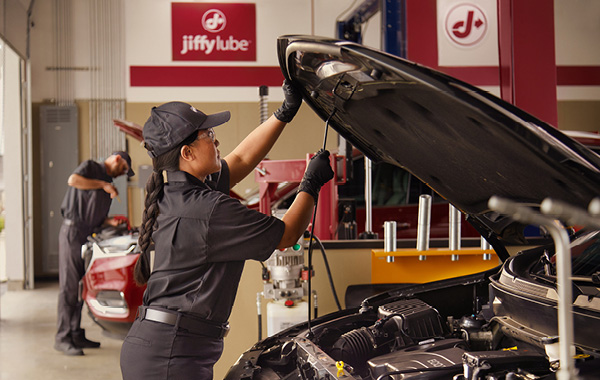Regular maintenance is necessary to keep a car running smoothly over the long haul. Even though cars are just high-tech computers on wheels, some simple DIY projects can still make a big difference. These include performing routine driveway inspections. For instance, you can check your tires, body, and engine to find problems before they worsen and cost more to fix.
Problems with the electrical charging system, an overheating engine, or loss of power steering can all result from car belts/hoses failure. Your cooling system will not work if a hose leaks coolant or the belt driving the water pump breaks.
Although it can happen anytime, car belts/hoses failure usually happens during summer. The temperature under the hood increases when it’s hot outside. Heat can cause or speed up the breakdown of rubber compounds.
The good news is that you can prevent car belts/hoses failure by inspecting your vehicle’s hoses and accessory belts. Below is a guide on how to do it.
Heater and Coolant Hoses
Your cooling system’s weakest structural element is its hoses. These hoses are made of flexible rubber compounds. Hoses are meant to keep coolant under pressure, but they are also exposed to different levels of heat and cold, dirt, oils, and sludge. Rubber compounds can also get damaged by atmospheric ozone.
The most harmful reason for hose failure is electrochemical deterioration (ECD). Some engineers claim that ECD attacks hoses from the inside, resulting in minute cracks. The problem is that it takes time to identify.
Because of this, the coolant’s acids and other impurities could wear away the yarn used to strengthen the hose. Heat, pressure, or bending the hose over and over again can cause pinholes to form or cause the hose to burst.
Simple, everyday upkeep can help avoid coolant hose failure and other car belts/hoses problems:
You should frequently check the white coolant-recovery tank to ensure the correct fluid level.
You should also look for coolant tracks in the engine compartment that are white, light green, blue, or pink. These are also signs of coolant leaks.
When the engine is cool, squeeze the hoses with your thumb and forefinger near the clamps. Search for any squishy or soft areas. A good hose will have a firm yet pliable feel.
Accessory Belts
The alternator, water pump, power steering pump, and air conditioning compressor are all driven by a single multi-grooved serpentine belt in nearly all modern cars and trucks. The V-belts that power the accessories are separate from older automobiles. Belts are vulnerable to many factors that harm hoses, including heat, oil, ozone, and abrasion.
The critical point for a serpentine belt is 50,000 miles. The likelihood of a V-belt failing increases significantly after four years or 36,000 miles. Any belt that exhibits evidence of severe wear has to be replaced. However, many brand-new composite belts don’t exhibit wear until they fail.
Here are some pointers for checking belts:
Check for splits, fraying, or cracks.
Look for glazing indications. Glazed or slick belts may slip, heat up, or break.
Check for cracks, separate layers, or missing sections of the grooves on the bottom by twisting a serpentine belt.
If you have car belts/hoses problems, you can bring your car to Jiffy Lube. Unlike other service centers, we don’t require an appointment for services. All you need to do is bring your vehicle to any of our branches.






